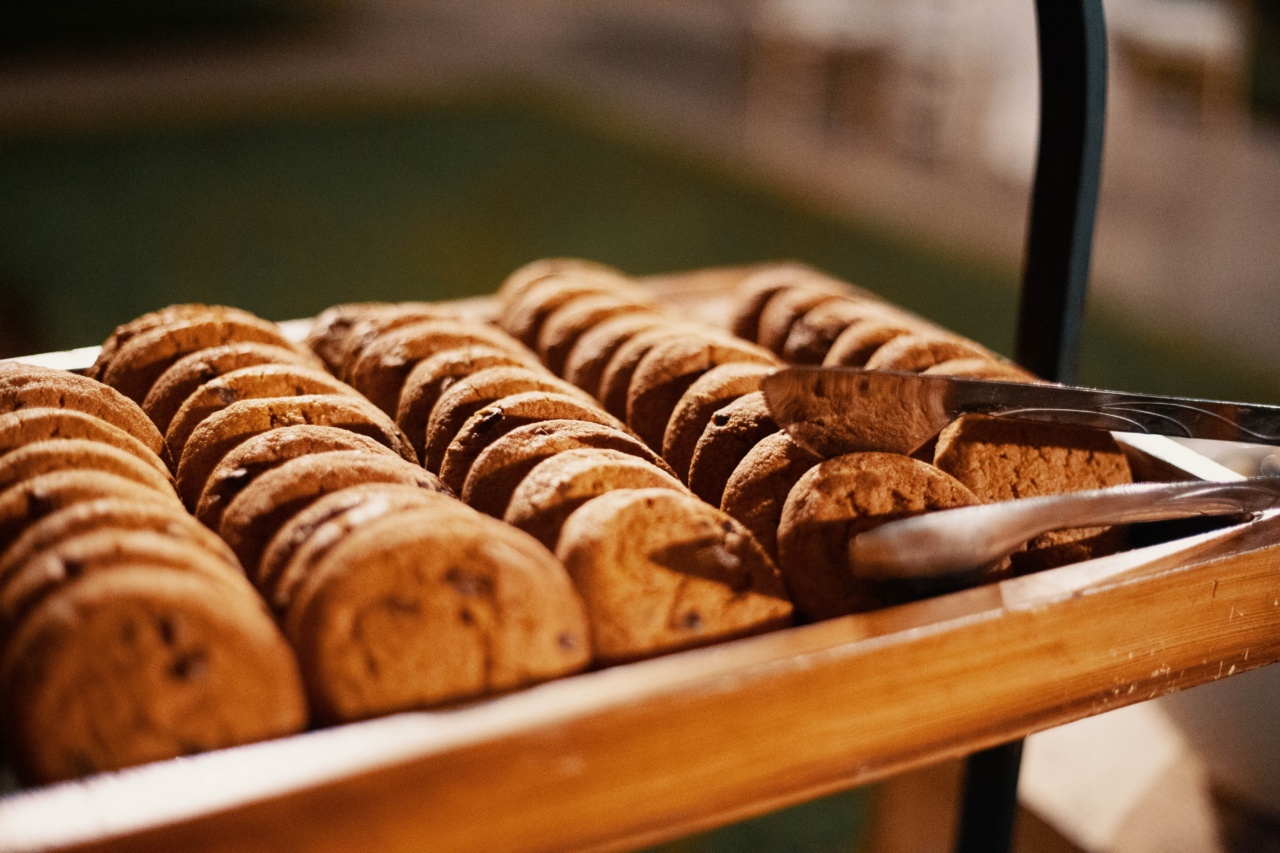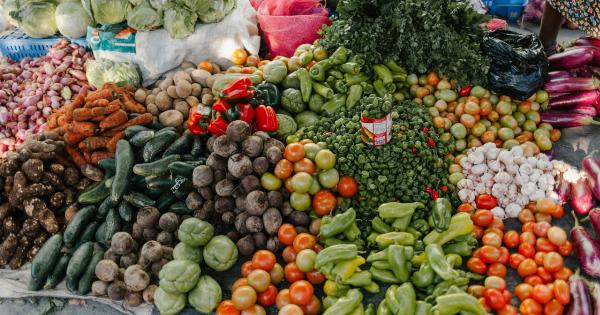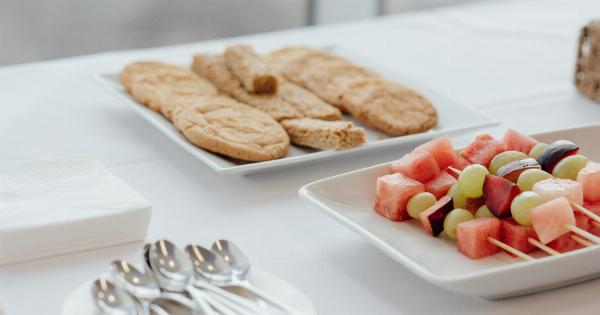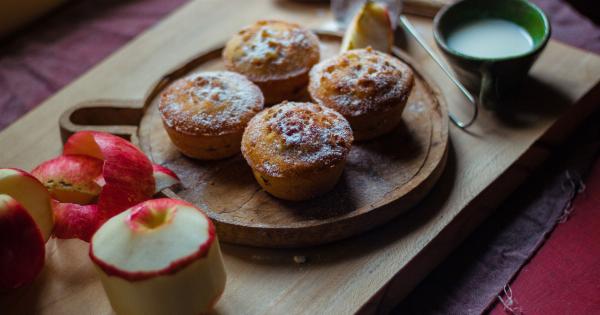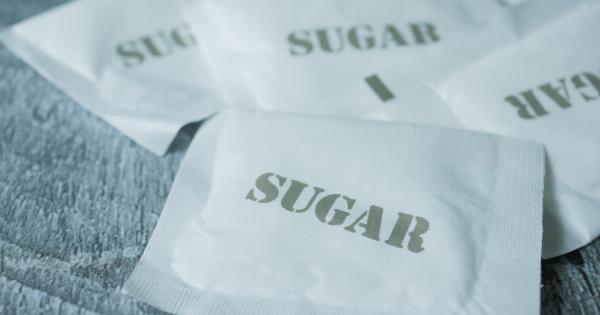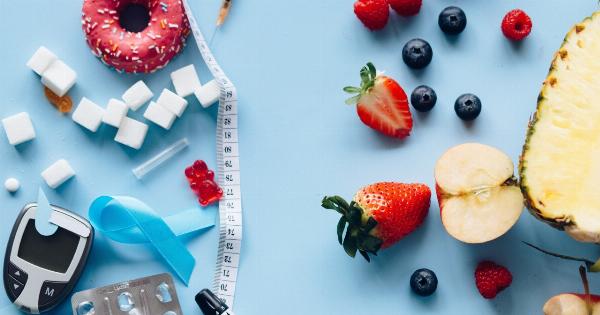For many of us, giving up sweets altogether would be a hard pill to swallow. But indulging in too much sugar is not only bad for your teeth but also for your overall health. So, how can you reduce your sugar intake without sacrificing your sweet tooth?.
With the following 30 tips, you can enjoy desserts while keeping your sugar intake in check.
1. Swap Granulated Sugar for Natural Sweeteners
Instead of refined sugar, try natural sweeteners like maple syrup, stevia, honey, or agave nectar. These substitutes have a lower glycemic index and can also bring unique flavors to your desserts.
2. Reduce Sugar in Baked Goods
Sugar is often used as a preservative in baked goods, but you can cut its amount by one-third or even one-half. You can also replace sugar with fruits like bananas, applesauce, or dates that can add natural sweetness.
3. Prioritize Fruits
Fruits are a healthier and more nutritious alternative to cakes, cookies, or pastries. They contain natural sugar, but also offer fibers, essential nutrients, and antioxidants that have tremendous health benefits.
4. Use Spices
Cinnamon, nutmeg, or ginger can add depth and warmth to your desserts, without adding a lot of sugar. These spices can enhance the sweetness of natural ingredients, such as apples, carrots, or pumpkin.
5. Choose Dark Chocolate
Dark chocolate contains less sugar and more antioxidants than milk chocolate. It also provides a richer flavor and can help reduce cravings.
6. Add Nut Butters
Nut butter, such as peanut or almond butter, can offer a creamy and nutty flavor to your desserts. It also adds protein, fiber, and healthy fats to your diet.
7. Experiment with Flavors
Try combining different flavors, such as lemon and lavender, or lime and mint, to create new desserts that are both original and delicious.
8. Drink Tea
Tea can be a soothing and refreshing drink that can replace sugary beverages. It can help you relax, boost your metabolism, reduce inflammation, and enhance your overall health.
9. Make Frozen Treats
Frozen treats, like ice cream, sorbet, or popsicles, can be a great way to indulge in sweets without overloading on sugar. You can make them with natural sweeteners or fruit purees, and mix and match flavors to your liking.
10. Go for Greek Yogurt
Greek yogurt contains more protein and less sugar than regular yogurt. It also has a creamy texture that can be used as a base for fruit smoothies, dips, or parfaits.
11. Experiment with Low-Sugar Recipes
There are many websites and cookbooks that specialize in low-sugar recipes. You can take inspiration from them and experiment with new recipes that use natural sweeteners or low-fat ingredients.
12. Use Whole Grains
Whole grains, such as oats, brown rice, or quinoa, can add texture, flavor, and fiber to your desserts. They are also digested slower than refined grains, which makes you feel fuller for longer.
13. Avoid Processed Foods
Processed foods, such as cookies, cakes, or candy, are often high in sugar and additives that can harm your health. Try to eat more whole foods, such as fresh fruits, vegetables, or nuts, that are minimally processed or even raw.
14. Choose Low-Sugar Fruits
Some fruits, like berries, grapefruit, or kiwi, are naturally low in sugar and can add flavor and color to your desserts without contributing to your sugar intake.
15. Plan Your Portions
It’s okay to indulge in desserts from time to time, but make sure you keep an eye on your portion size. Too much dessert can lead to a spike in blood sugar levels and cause cravings and fatigue.
16. Be Mindful of Hidden Sugars
Sugar can hide in unsuspected places, such as bread, condiments, or cereals. Make sure you read the labels carefully and opt for products that have little to no added sugar.
17. Make Your Own Snacks
Instead of buying packaged snacks, make your own trail mix, granola bars, or energy balls that are low in sugar and high in nutrients. You can also add spices, like cinnamon or ginger, to enhance the flavor.
18. Use Fresh Herbs
Fresh herbs, like thyme, basil, or rosemary, can offer a subtle and herbaceous taste that complements sweet desserts. They also add antioxidants, vitamins, and minerals to your diet.
19. Limit Sweetened Beverages
Soft drinks, juices, and energy drinks can have a lot of added sugar that can spike your blood sugar levels and contribute to weight gain. Instead, drink water, herbal tea, or sparkling water with a slice of lemon or lime.
20. Experiment with Stewed Fruits
You can stew fruits, like apples, pears, or plums, with a little bit of natural sweetener and spices. This can create a warm and comforting dessert that is both healthy and satisfying.
21. Plan Your Meals
Planning your meals in advance can help you avoid sugar cravings and make sure you have enough protein and fiber in your diet. You can also prepare healthy snacks, like sliced fruits or veggies, that can satisfy your sweet tooth.
22. Choose Low-Carb Options
Low-carb desserts, like cheesecake, mousse, or tiramisu, can be a great way to indulge in sweets without consuming too much sugar. They use low-carb sweeteners like erythritol or xylitol that have minimal impact on your blood sugar levels.
23. Be Creative with Mix-Ins
You can add healthy mix-ins, like chia seeds, flax seeds, or hemp seeds, to your desserts to boost their nutritional value. These seeds are full of omega-3 fatty acids, fiber, and protein.
24. Opt for Homemade Treats
Making your own desserts can give you control over the ingredients and the amount of sugar. You can also customize the flavors and textures to your liking.
25. Experiment with Salty-Sweet Combos
The combination of salty and sweet can be a delicious and addictive flavor profile. You can try adding salted nuts, pretzels, or popcorn to your sweet desserts for a satisfying crunch.
26. Take a Walk
Physical activity can help reduce cravings and improve your mood. A short walk after meals can help you burn calories, regulate your metabolism, and promote digestion.
27. Use Fresh Citrus
Citrus fruits, like lemon, lime, or orange, can add acidity and freshness to your desserts without adding sugar. They also contain vitamin C, flavonoids, and antioxidants that boost your immunity and reduce inflammation.
28. Choose Low-Glycemic Fruits
Low-glycemic fruits, like cherries, peaches, or plums, contain natural sugars but have a minimal impact on your blood sugar levels. They also provide fiber, vitamins, and minerals that support your health.
29. Avoid Late-Night Snacks
Eating sugary snacks before bedtime can disrupt your sleep, raise your blood sugar levels, and make you feel bloated in the morning.
However, if you must indulge in a late-night treat, choose a low-sugar option, like a piece of dark chocolate, a small bowl of Greek yogurt, or a cup of chamomile tea.
30. Enjoy in Moderation
The key to reducing sugar while still enjoying desserts is to find a balance that works for you. You don’t have to give up sweets altogether, but you also don’t have to consume them every day.
Be mindful of your sugar intake and savor your treats with gratitude and moderation.
